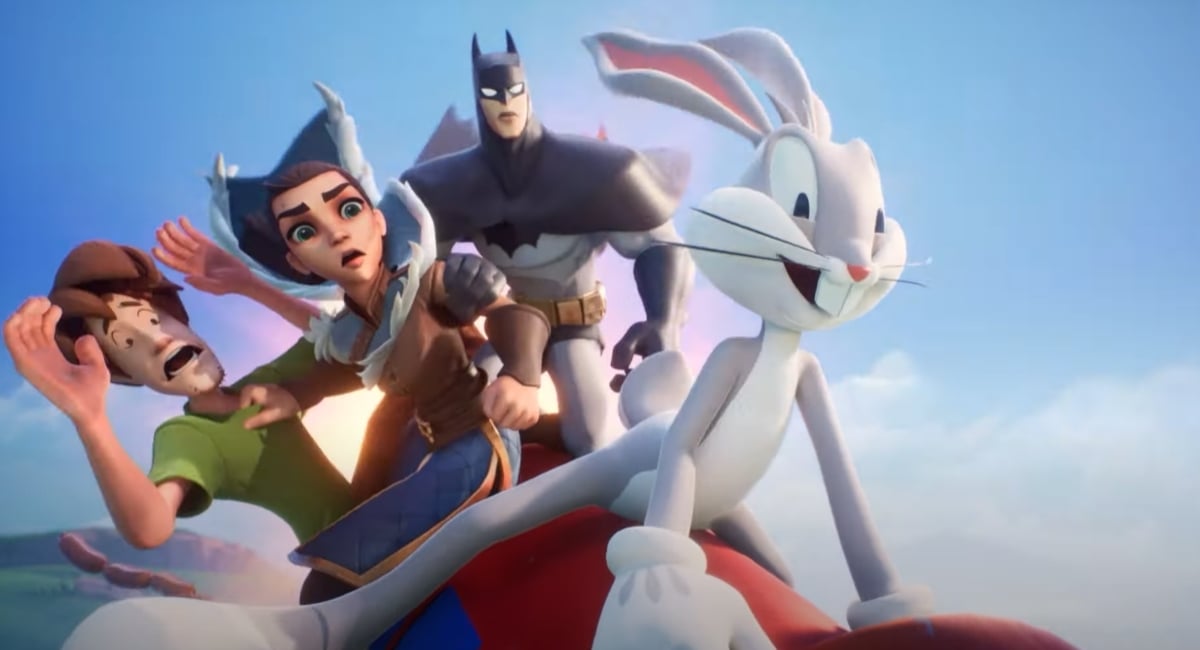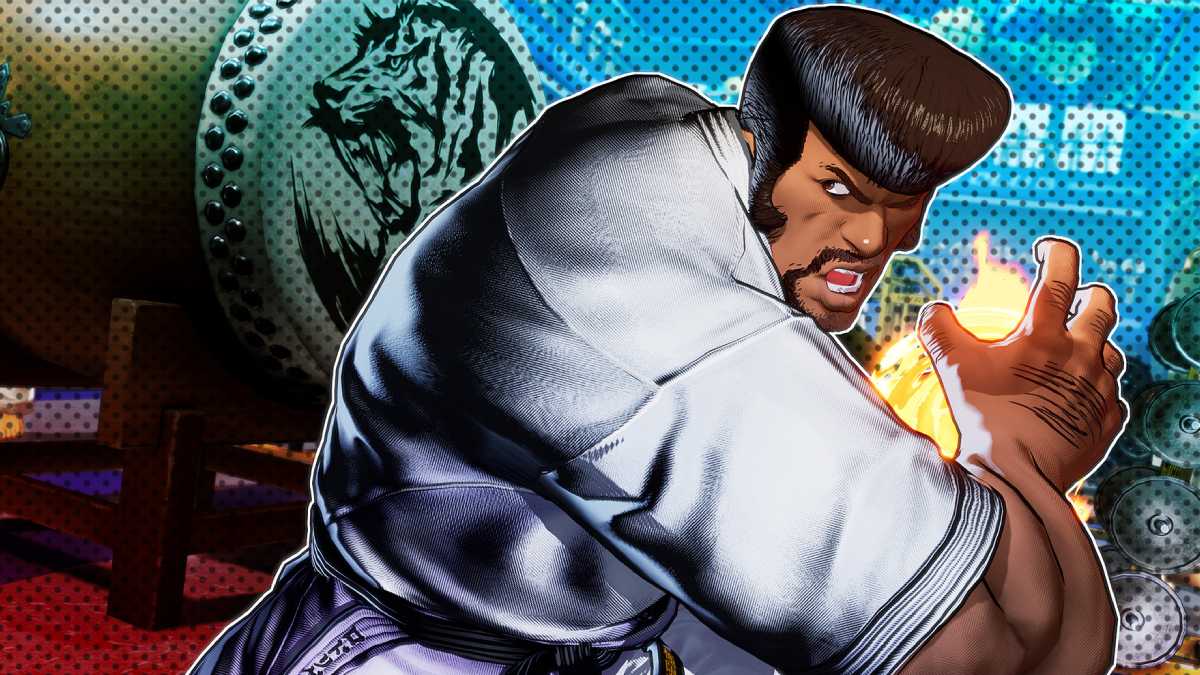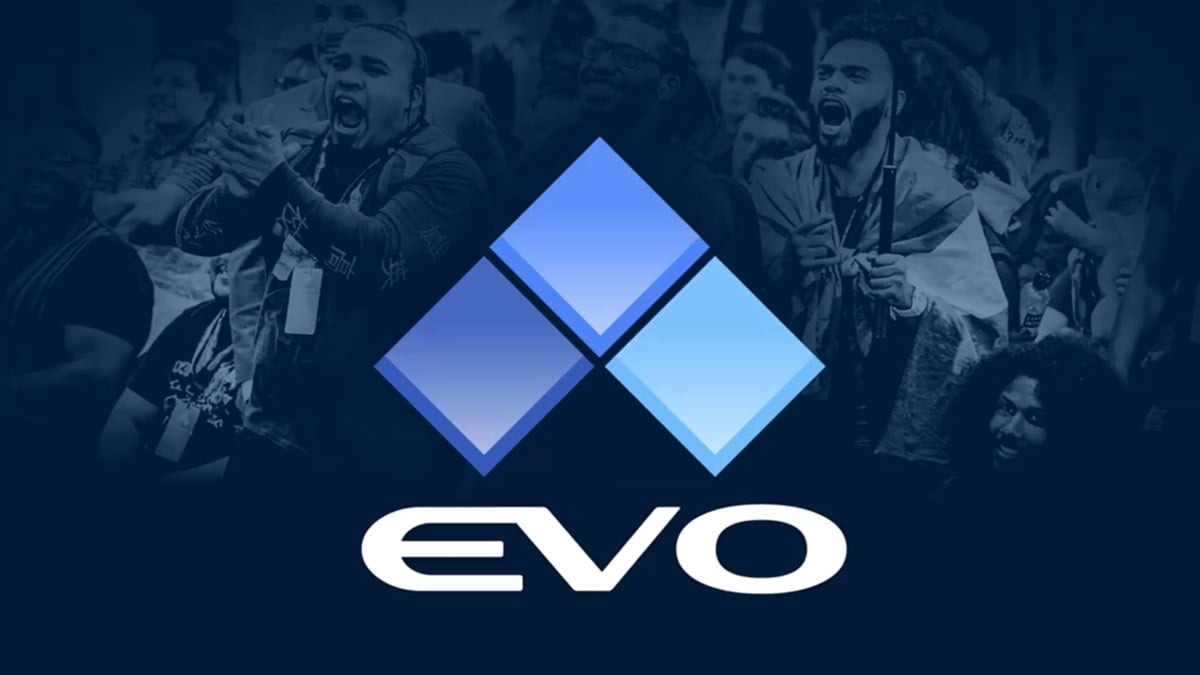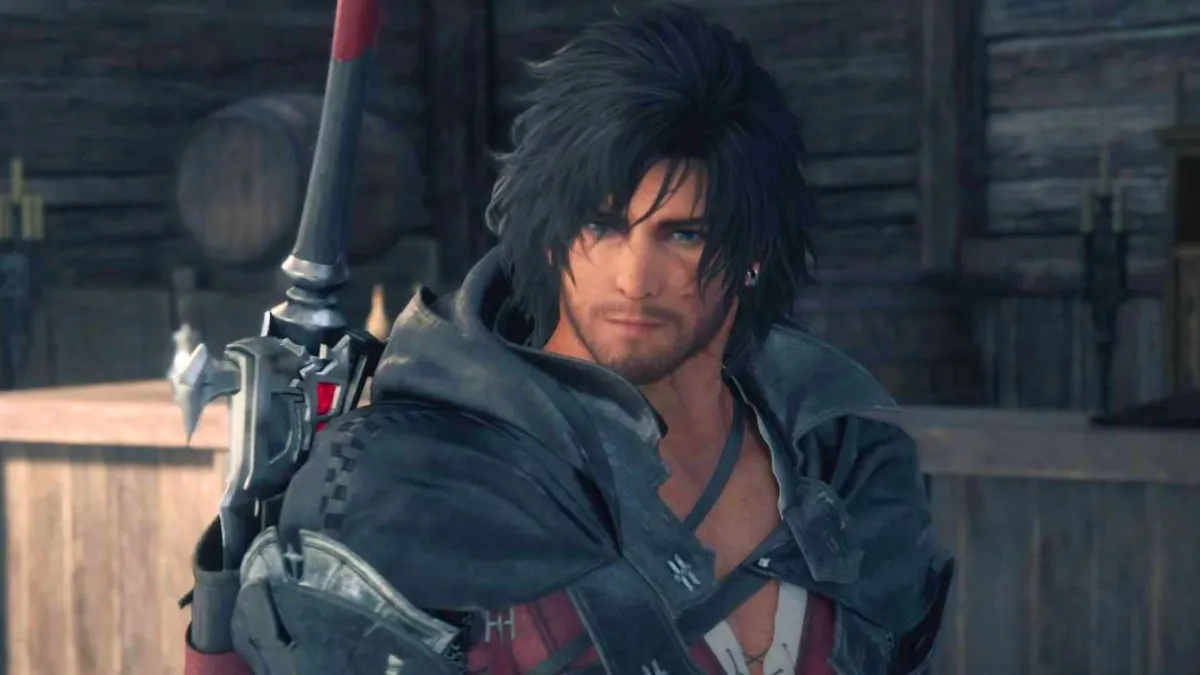MultiVersus is finally here, at least in a closed alpha test that has allowed more players to try the game for themselves and see just what the newest platform fighter on the block is bringing to the table when it does eventually launch in full later this year.
The game puts a heavy focus on two-vs-two mechanics while also maintaining balanced gameplay for other modes, allowing for a doubles experience that feels deeper and more free-flowing than any other game in the genre.
This, along with providing full cross-play support, dedicated server-based rollback netcode, and general cross-progression across PlayStation, Xbox, and PC in a free-to-play package, puts Warner Bros. games and Player First Games in a strong position as it continues announcing more content and gathering data from the tests.
Ahead of the closed alpha officially launching, Dot Esports talked with Player First Games principal developer Daniel Kraft about diving into the free-to-play space with a big-budget fighting game, what that model looks like from a development perspective, and how the team has tackled bringing some of the most iconic characters to life in a new way.
What have you and the team worked on prior to MultiVersus, maybe individually when it comes to fighting games or community-driven projects as the name Player First Games clearly shows you have a goal of keeping those communities in mind as you build them?
Daniel Kraft: It’s a different story for every person on the team, right? But a lot of us have been in the industry for a while. Some of us have been at a lot of high-end studios, from working on games like League of Legends, all the way to games like Call of Duty, so a pretty big breadth of experience on the team.
We got a lot of people on the team who are pretty into a lot of fighting games community as well, I know [Player First co-founder Tony Huynh’s] got a great story of how he met his wife through it, so I would say we are pretty invested from the get-go.
How excited were you working on this in the background? What was it like finally getting to show the public exactly what it was and confirm some of the rumors?
I was ecstatic. I’ve always wanted to work on a platform fighter. And then we got this amazing cast of characters that we can work with. I’m a huge fan of a lot of these franchises.
I grew up on Scooby-Doo and loved Adventure Time, and all the DC characters as well. So you get all these iconic characters and go “oh, my goodness! Now I get to work on it!” It’s been pretty crazy.
On the development side, we’ve been heads down for a while, and having it kind of come to light, letting players see it and get their hands on it, it’s really exciting. But it’s also pretty stressful too because we have a lot to live up to. We want to take as much feedback as we can, and we want the community to be involved so that we can keep moving the game in the right direction that’s best for the players. So we know that we have a lot of work ahead of us as well. But that’s really exciting as well because the game is just gonna get better and better.
As a developer, what has been your favorite part of working on this game? Is there one character or feature that you are the proudest of?
I was a big fan of Adventure Time. I remember watching the very first pilot before it was even an actual show, messing around with friends saying stuff like mathematical and totally rhombus, and then the show took off and it was great. And now I got to work on both Finn and Jake. So that was amazing.
I also did the animation and design for Tom and Jerry, which you know, classic. I think I am really proud of those two because we took a really interesting route where we did collateral damage after deciding “hey, make them fight each other!” I think it turned out well and was proud of how that came across. And people have been noticing, which is always nice to see.
For characters like Tom and Jerry, moves like Wonder Woman’s lasso, and a bunch of other features in the test, how did those kinds of two-on-two mechanics take shape in a way that saw the game skew toward a focus in that area?
That’s what we set out to do from the very beginning. We knew we wanted to make it a two-on-two focused game because one of the goals is that we wanna make this, you know, more of a social kind of game. It’s one of the reasons we went free-to-play, we wanted to remove those barriers to entry for as many people as possible, so people will pick it up and play with their friends.
It’s a much more enjoyable experience if you’re able to play with your friend and it’s not just, you know, beating up on your friend. Now you can help out your buddy instead of just beating on them, especially when you are trying to get them involved in the game.
So we designed it from the start to have the focus on some two-on-two mechanics, which was a challenge because we also want to make sure these characters work one-on-one. We don’t want to just completely remove that aspect of the game, so we’re trying to make sure that the design allows for deep cooperative mechanics as well as allowing for the one-on-one gameplay to work and thrive.
With free-to-play being such a big area of focus from the start, how are you as a team working to balance the casual and competitive player elements of your community? Even early on it is clear that the game has mass appeal and combat that can be expanded upon with practice, but are there any specific areas you are digging into?
I’m under the belief that everybody can be a competitive player, it’s just about getting them behind the sticks or on the keyboard long enough. But you gotta get their interest, you gotta get them invested in the game before they’ll spend the time.
And allowing that also helps the competitive community because if you have a larger player base, then you have more people climbing up the ladder, and you have more people improving the game, learning the game. And so you have a bigger audience, a bigger pool of people to play, you get better matchmaking, you get all that kind of stuff.
We definitely are working on more modes for the future, we’re gonna make sure that we have more competitive ability, matchmaking, and things down the line. We don’t have a timeline exactly for when those are coming down, but they’re a priority for us, and we’re gonna be focusing on a lot of different game modes and ways to interact with the game, to make sure that you can pick up and play the game how you would like to play the game.
And if one day, you want to transition from one over to the another, it should be just right there waiting for you.
This will be the first, big-budget free-to-play fighting game to hit the market since Killer Instinct’s hybrid model and Brawlhalla. As a team, what do you think this helps you achieve?
Basically, we are still developing. We have this closed alpha coming up, and we’ve had previous closed alphas, and a lot of that is just to get player’s feedback so that we can pivot based off that. But going into the free-to-play, we’ve basically gone into it with kind of the mindset of we don’t want anything that is kinda predatory.
Nothing should give an inherent advantage if you’re gonna come in with money. So anything that’s gonna affect the game should be earnable, we want players to feel that it’s fair. And moving forward, that’s a pillar of ours. We wanna make sure that it rings true.
Free-to-play just opens up the doors to a lot more players, and a larger player base will often be a healthier player base.
What do you think the biggest struggles have been or could be post-launch approaching this type of game with that free-to-play model from a development standpoint?
You definitely approach it differently. You have to make sure that the options are, you know, purchasable, so the customization options, we have unique ring-outs, we have skins, stickers, all those different things. It’s a delicate balance because they need to add to the game and be something that players want to interact with, without making players feel something like it is something they can’t get or gives an inherent advantage in some way.
So that’s definitely been that balancing of “how do we make this something that has a lot of value without overstepping the boundaries, overstepping the lines. So where can we add those points of value?” versus a non-free-to-play model, which is when everything is in one-go, so you don’t have to worry about that balance as much.
Where is the team at when it comes to thinking about ways to directly teach players the game through new modes similar to the Advanced Tutorials section, or is that something that will just come with time as more players provide their feedback after actually trying to learn the game?
We want to continue to add more content to the game: more modes, more ways to engage with the game, which I believe will be great learning opportunities.
Again, we want to get player feedback. If players feel like there needs to be more, then we’ll put more effort into adding more. We also know that a game like this with a community can do a lot. And a lot of times they end up making a lot of great content that is more engaging for a player.
They can engage with the community and learn a lot, and they can go and find tutorials, and players are gonna find things that we didn’t think of where we are like “wow, that’s amazing!” We don’t wanna take away from those moments from the community as well. We want the community to become a place where players can engage and learn, but if the players think they need more from us, we’ll step forward and add more.







Published: May 19, 2022 02:37 pm